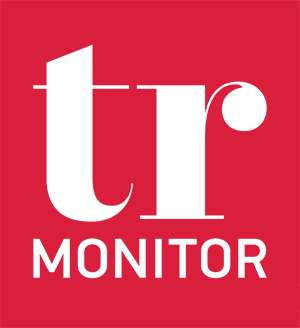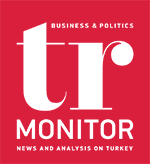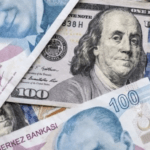BY ISMET OZKUL
Let’s examine sectors’ 2021 performance in terms of financing and interest rates, which have become the most critical problem. The data does not only include the manufacturing industry but the entire real sector, excluding the finance sector, public administration, and security.
The sectors generally have high debt, weak equity capital, and higher financing expenditures than operating profit, according to the Turkish Statistical Institute (TurkStat). This situation reveals that the sectors and businesses have high vulnerability against FX (foreign exchange) rates, interest rates, and access to finance.
Here are the results reflected in the data:
►Seven of 17 main sectors experienced a loss in 2021, while the economy grew by 11.35%, according to TurkStat. These are energy, construction, transportation and storage, accommodation, and food, real estate, professional, scientific and technical services, and culture, art, entertainment, recreation and sports services.
►The sectors, which ended 2021 at a loss, have a 40.4% share in the total number of enterprises, a 32.5% share in the total employment, and around 25% share in the value added at factor cost as per the total of the sectors excluding agriculture, finance, and public administration. So, they have a substantial economic and social weight.
►The sectors which ended 2021 at a loss grew in 2021, in line with the GDP (gross domestic product) data.
►All these sectors had high debt and high financing expenditures. The rate of external resources to total resources was 99.25% in transportation and storage, 97.59% in real estate, 95.1% in accommodation and food, and 85.35% in energy. The indebtedness rate of culture, art, entertainment, recreation and sports services exceeds 100%, which means that it is technically in bankruptcy.
►The debt of other sectors is also high. Additionally, the fact that the share of short-term debts in total debt is high increases vulnerability and further exacerbates the problem.
►Financing expenditures in seven sectors which ended 2021 at a loss, and in the administrative and support services sector, are higher than their operating profit. The culture, art, entertainment, recreation and sports services expenditures correspond to 6.9-fold of the sector’s operating profit. The rate is 1.95-fold in energy, 1.32-fold in construction, 2.68-fold in transportation and storage, 1.47-fold in accommodation and food, 1.67-fold in real estate, 1.2-fold in administrative and support services, and 5.54-fold in professional, scientific, and technical services.
►The situation for sectors that made a profit in 2021 is also not that promising. Their debts are three times higher than their equity capital. Their short-term debts have a 65% share in their total debts. They spend 73% of their operating profit to meet financing expenditures.









